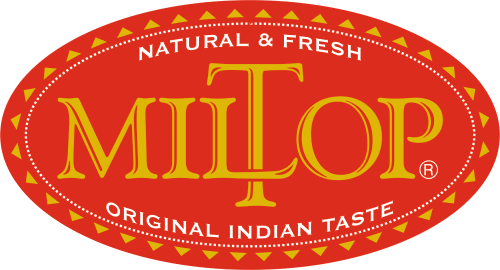Description
Garcinia indica or Kokum is a fruit tree, of culinary, pharmaceutical, and industrial uses. The tree is also ornamental, with a dense canopy of green leaves and red-tinged tender emerging leaves. Kokam is an Indian spice specialty, with an agreeable flavor and sweet, acidic taste. The kokam tree is found in Southern India and in the evergreen forests of Assam, Khasi, Jantia hills, West Bengal and Gujarat Garcinia indica seed contains 23-26% oil, which remains solid at room temperature and is used in the preparations of confectionery, medicines and cosmetics. Kokum is the fruit of slender, evergreen tree with drooping branches and it is dark purple to black, sticky and with curled edges. The fruit is often halved and dried, so that the dried seeds are visible in their chambers like a citrus fruit. It is usually available as a dried rind, resembling a thick plum skin. When added to food it imparts a pink to purple color and sweet/sour taste. Flavour is refreshing sour taste, slightly astringent. The spice also assumes dark color on drying but is less pulpy. The use is also similar, with hydroxyl citric acid. South India is the main growing area.
Kokum’s refrigerant properties are well known. It is useful as an infusion, or by direct application, in skin ailments such as rashes caused by allergies. Kokum butter is an emollient helpful in the treatment of burns, scalds and chaffed skin. The fruits are steeped in sugar syrup to make amrutkokum which is drunk to relieve sunstroke. The kokam fruit is cholagogue, cooling, demulcent, emollient and antiseptic. The bark and young leaves are astringent. The oil is emollient and soothing.
Kokam is primarily used as a garnish to give an acid flavour to curries. Both the ripened rind and juice of kokam fruit are used in cooking. The dried and salted rind of the fruit is used as a condiment in curries. It is also used in the preparation of cooling syrups while kokam butter is used as an edible fat which is nutritive, demulcent and antiseptic. The outer cover of fruit is dried in the Sun to get Aamsul or Kokam/Kokum. It is used as a slightly sour spice in recipes from Maharashtra that yields peculiar taste and dark red color. It is a preferred substitute for tamarind in curries and other dishes from Konkan. It is also used in Konkani cuisine, in Gujarat, and some cuisines of South India. Kokum has the same souring qualities as tamarind, especially enhancing coconut-based curries or vegetable dishes like potatoes, okra or lentils. Kokum is especially used with fish curries, three or four skins being enough to season an average dish. It is also included in chutneys and pickles. The skins are not usually chopped but are added whole to the dish. Seasoning should be checked as they are quite salty. Beware of biting on a stone as a few are often left in the skins.


